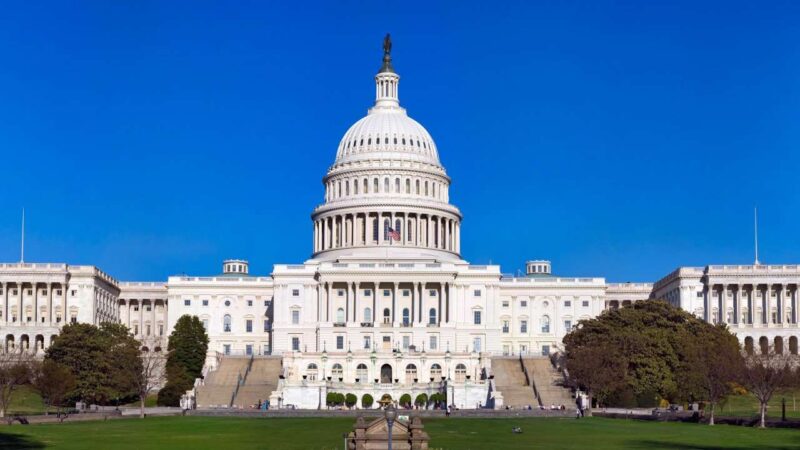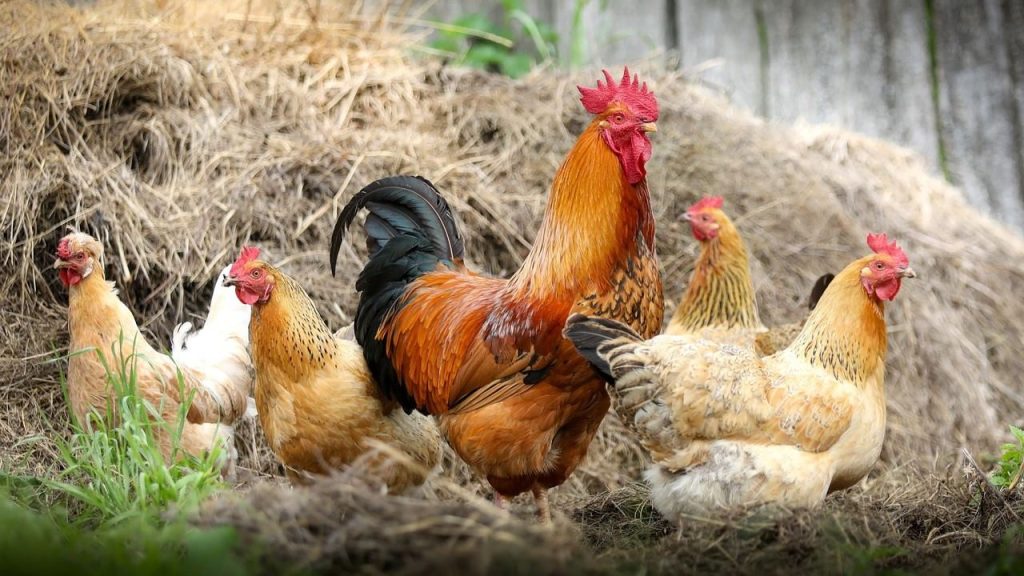Noah Nelson is a copywriter with Organic Valley Co-op, America’s largest cooperative of organic farmers and one of the nation’s leading organic brands. Founded in 1988, the cooperative represents nearly 1,800 farmers in 34 U.S. states, Canada, Australia and the United Kingdom and achieved $1.2 billion in 2020 sales. Focused on its founding mission of saving family farms through organic farming, Organic Valley produces a wide range of organic dairy, egg and produce products. As a leader in pasture-based, regenerative organic farming, Organic Valley works with nature, not against it. For more information visit www.organicvalley.coop.
Political policy can be hard to keep up with, and the information in it hard to decipher, but the impact that it has on our everyday lives is immense. One piece of legislation we at Organic Valley are keeping an eye on this year is the farm bill.
The farm bill is legislation passed once roughly every five years, and it manages how U.S. food goes from farm to table, plus everything in between. From the cost of commodities to how land is used for conservation, many of the policies enabled by the bill may have a major impact on you!
The previous deal was passed in 2018 and was extended for a year in 2023, but in 2024, the farm bill is set to expire, meaning legislators need to work diligently to pass new policy.
The $867.2 billion 2018 deal’s extension ends on Sept. 30, and there is immense pressure on the House of Representatives and the Senate to find a bipartisan solution before the old deal ends.
The bill is a nearly 1,000-page document that we know you’re too busy to read, so we’ve picked out six things you need to know.
1. History of Farm Bills

At Organic Valley®, we know that farmers are the backbone of the American economy, so when there’s policy impacting them, we’ll be there.
There have been 18 iterations of the farm bill, starting in 1933 as part of the New Deal and being updated most recently in 2018. The comprehensive bill covers all aspects of food processes and farming and provides guidelines for food costs and production methods.
It even impacts how land is used in conservation, and it is crucial policy for the health of the land we use every day. In fact, one of the major reasons the first farm bill was created was to combat the long-term soil erosion that caused the Dust Bowl.
There have been many controversies surrounding the farm bill, including attempts to repeal it altogether, but those attempts have failed.
2. 2018 Deal and Extension
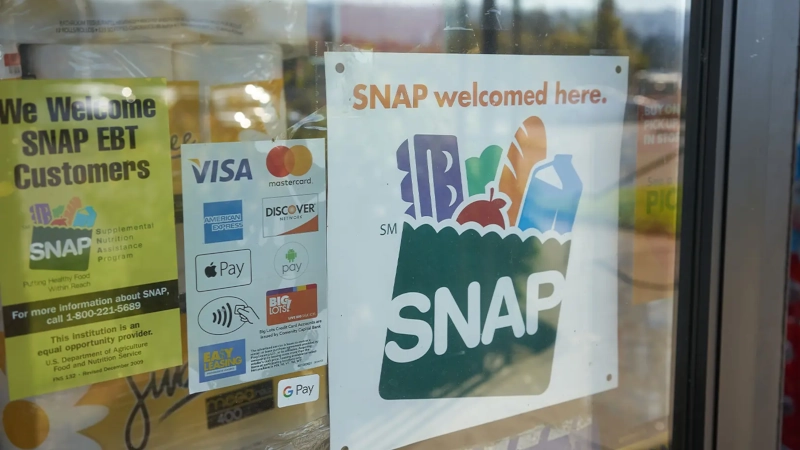
The 2018 Farm Bill consists of 12 sections covering different elements of the food cycle. The sections are: commodities and disaster, conservation, trade, nutrition, credit, rural development, research, forestry, energy, horticulture, crop insurance and miscellaneous.
Nutrition is the most expensive part of the bill, with more than 75% of its spending dedicated to it. This includes the Supplemental Nutrition Assistance Program (SNAP) and more than 40 million Americans benefit from it. SNAP (formerly food stamps) benefits are the most contentious part of the bill, with republicans arguing for less funding to the program and democrats being unwilling to accept any cuts.
Though it was due to be reworked, the bill expired on Sept. 30, 2023, and was only temporarily authorized to continue for the following year until Sept. 30, 2024.
If a deal is not reached by the deadline, many programs under the farm bill may be reverted to their status in the 1938 and 1949 deals, or “permanent law.” Another extension can be passed, and resolutions can be made to support programs for the following year, so there’s no reason to panic, but understanding how fragile the system is can provide a sense of urgency when passing new legislation.
3. 2024 Farm Bill Proposal and Timeline

2023 was not the first year that a bill had to be extended, and there is a chance that it will be extended again in 2024, but lawmakers are still working to make progress on a new proposal.
On May 24, the U.S. House of Representatives Committee on Agriculture proposed its version of the farm bill, the Farm, Food, and National Security Act of 2024. It was the first major proposal to pass the committee, and it will serve as the baseline bill for Congress to modify.
There are many changes in this bill compared to previous years, including $28 billion in cuts to the SNAP program and updated agricultural practices. The bill is under review and will likely be adjusted before the House and Senate vote on it.
As of Aug. 7, the timeline for potential passage was uncertain, but the next steps are committee review, House approval, Senate consideration and final approval from the president.
4. Factory Farms
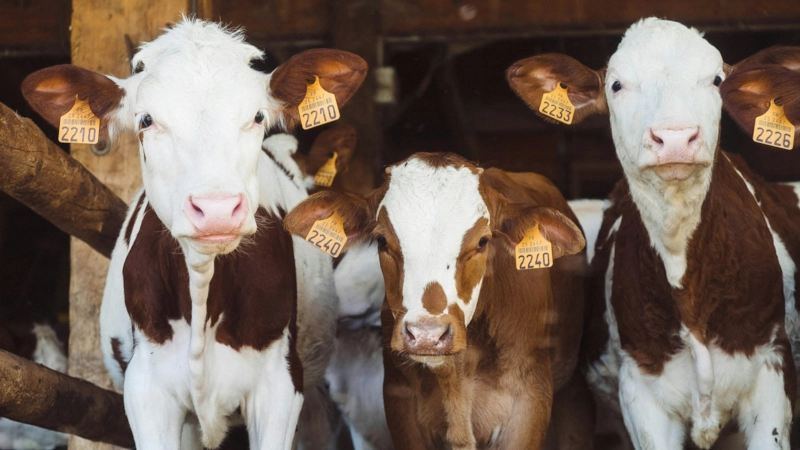
Organic Valley is dedicated to empowering small family farms — we do what’s right for our animals, the food system and planet without having to “get big or get out.”
But more and more farms are going big. A 2024 USDA report found that 31% of U.S. farmland is owned by farms with sales of $1 million or more, despite only making up 6% of farms.
That doesn’t mean that there isn’t support for small farms. There are incentives for starting a farm. Farm bill programs provide new farmers with “microloans,” and with the Farm Storage Facility Loan, mid-sized fruit and vegetable producers can access safe storage and production equipment.
5. Organic Programs
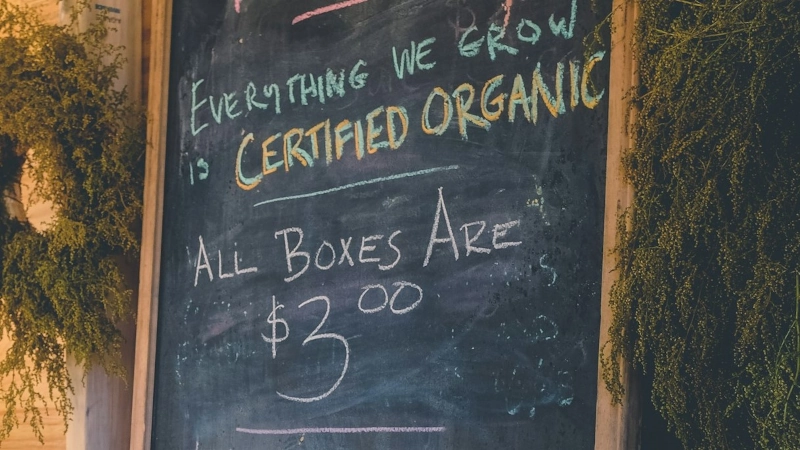
While there is support for small farmers, only 0.1% of the 2018 bill’s budget is allocated to organic-specific programs.
The Organic Trade Organization (OTA) is a leading voice in the fight for organic farming, and it is working on several key priorities for the 2024 bill. The OTA is promoting market development and increased data collection as part of its mission to promote organic eating.
It also continues to advocate for an improved and more predictable process for regulatory updates.
“Our farm businesses and food manufacturers need greater consistency in how regulations are renovated, and our consumers demand such improvements,” OTA co-CEO Matthew Dillon said.
6. Climate Initiatives and Conservation Efforts

Campbell family members at their organic farm in Wisconsin. Credit: Organic Valley
On top of organic farming practices, the farm bill is a leading source of climate policy, investing billions of dollars into sustainable farming practices. Over $6 billion is committed annually to conservation efforts.
Organic Valley was founded on the desire to produce food sustainably and that is still our commitment. We have a goal of carbon neutrality by 2050.
Bottom Line About the Bill
Organic Valley will continue to keep a close eye on the bill and its impact on farmers, the land and the food system. It’s our job to protect where your food comes from. Our cooperative was born out of the farm crisis of the 1980s.
Organic Valley started a program, Farmers Advocating for Organic, when the 2002 Farm Bill included an exemption for organic farmers from contributing to national promotion programs like “Got Milk?” In response, Organic Valley devised a way for farmers to pool their exemptions into an organic-focused granting fund as a way to promote and advance organic farming.
The farm bill impacts you, farmers and all of us. And thanks to democracy, you can have a say in how it looks.
Dillon said, “Consumers can let their lawmakers know why they value and choose organic and ask for it to be supported in the farm bill.”
Citizens can have their say about the farm bill by contacting their representative.
The post 6 Things You Need to Know About the Farm Bill first appeared in the Organic Valley blog.

